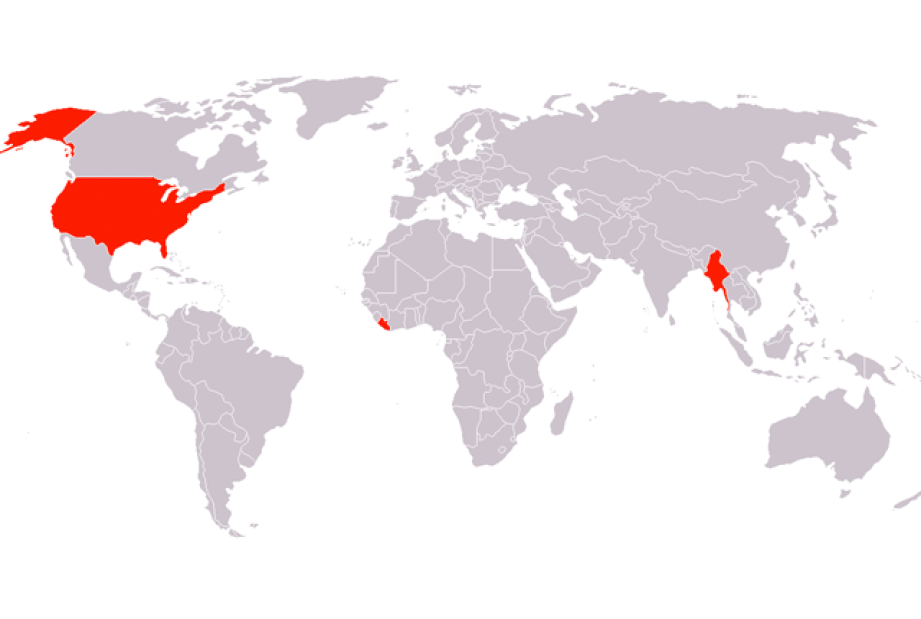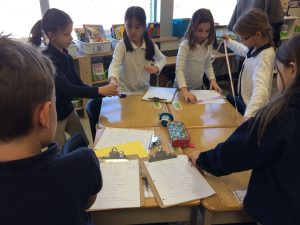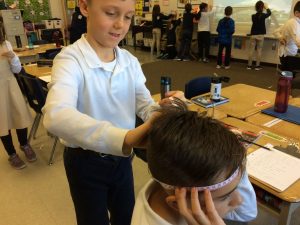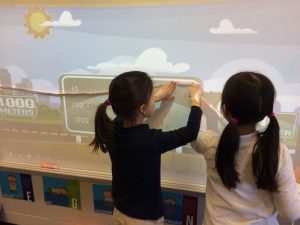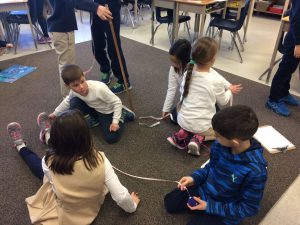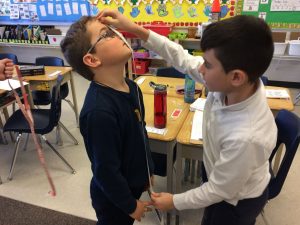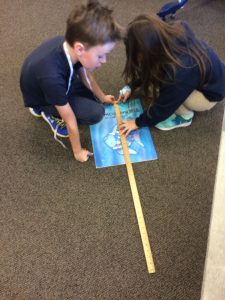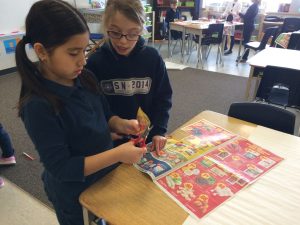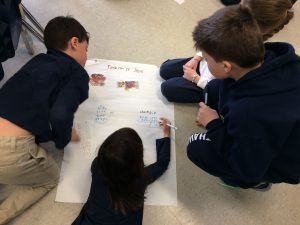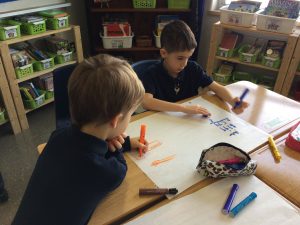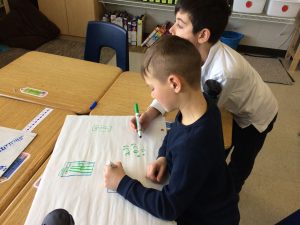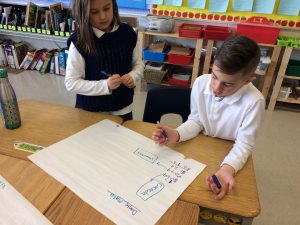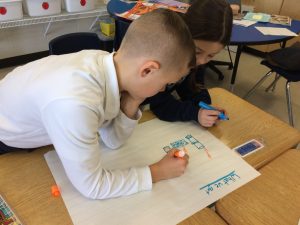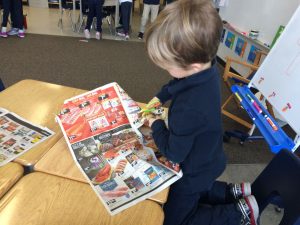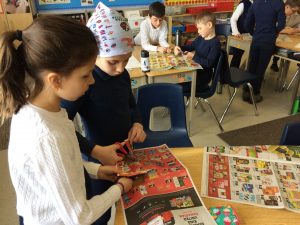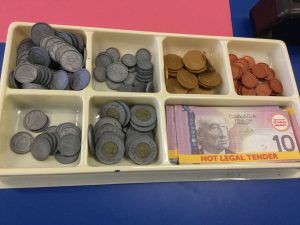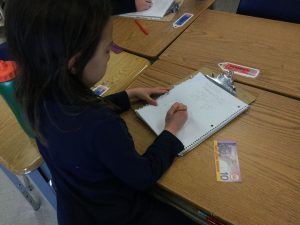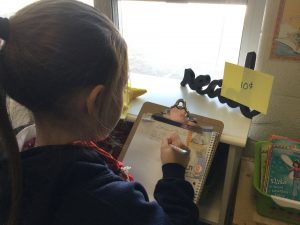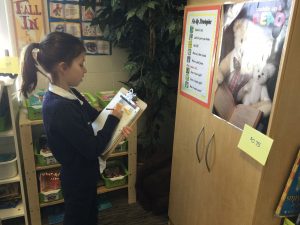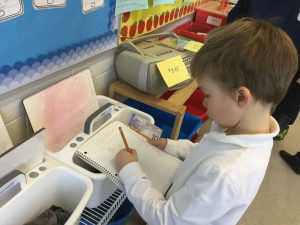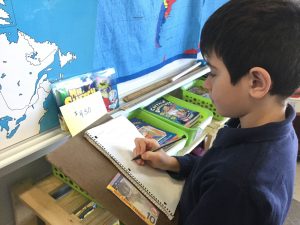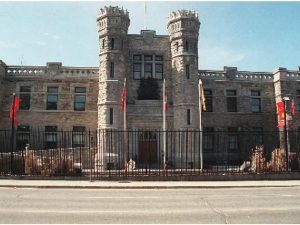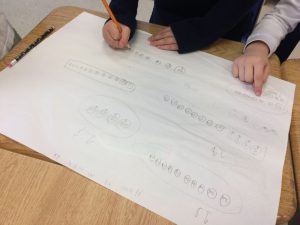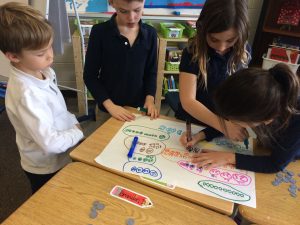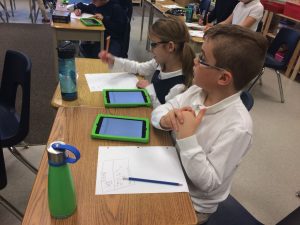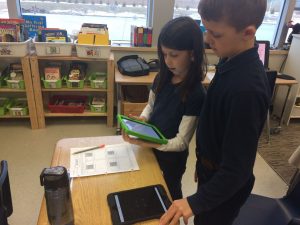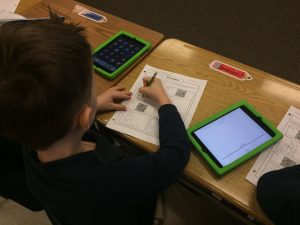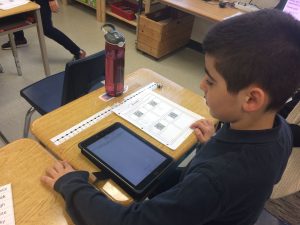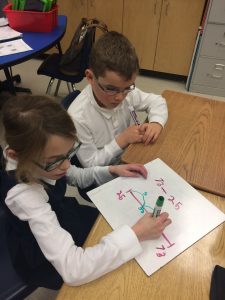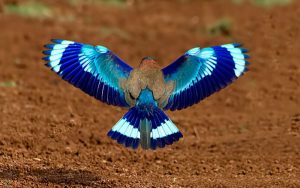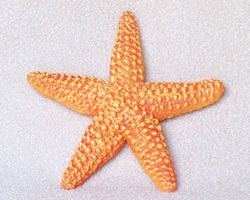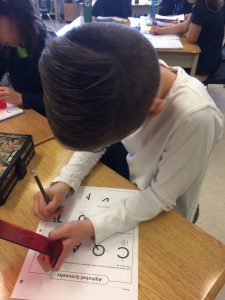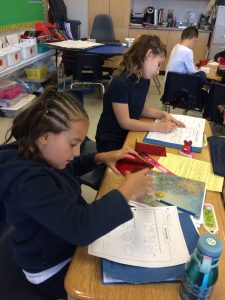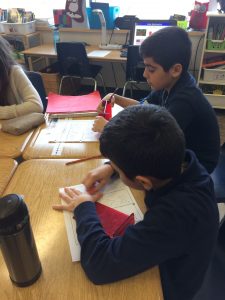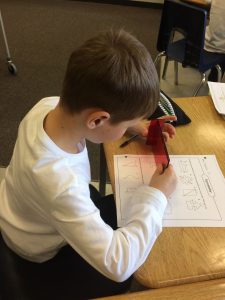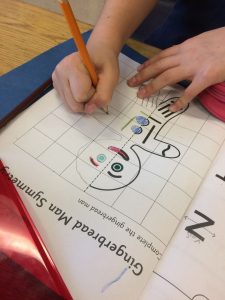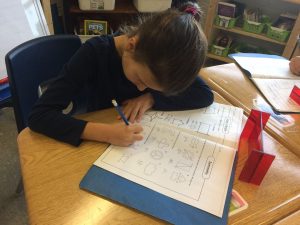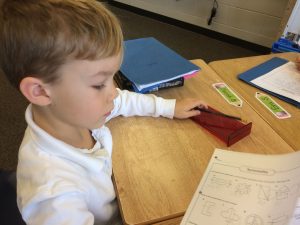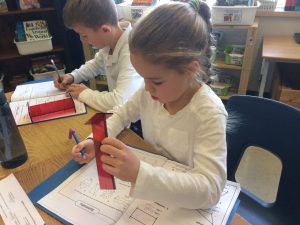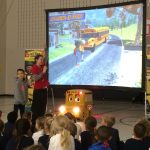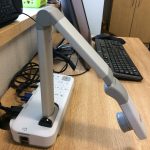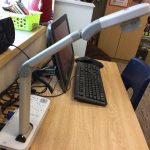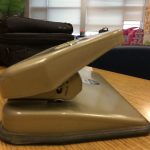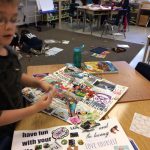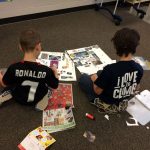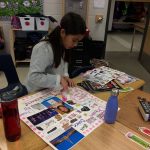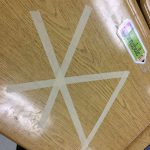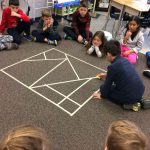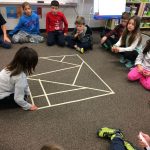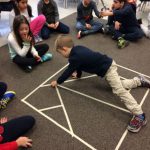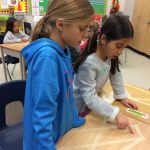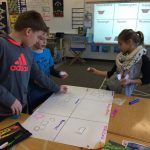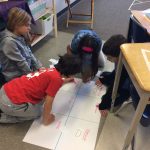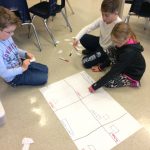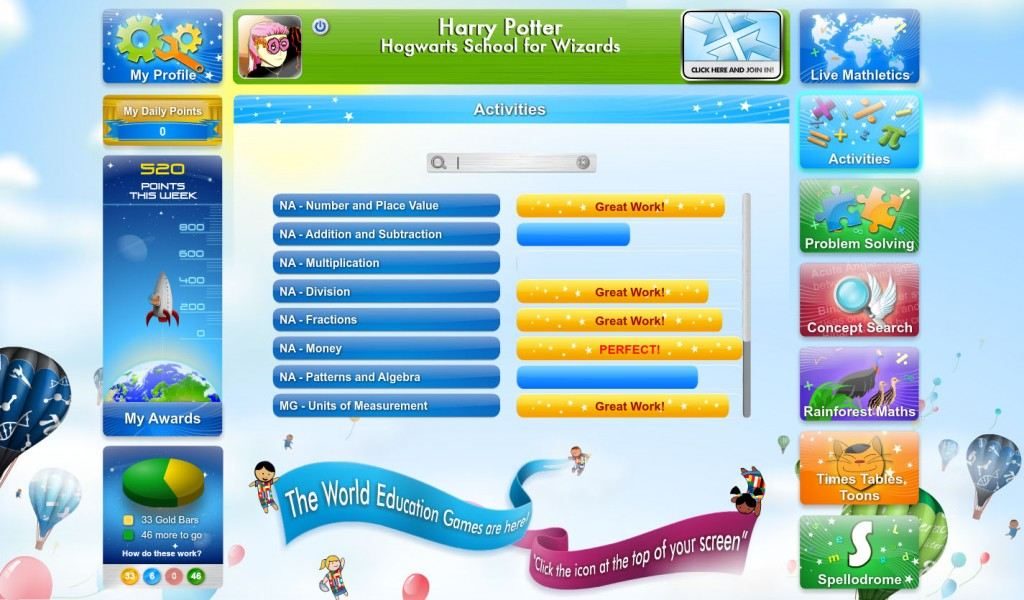 If you’re unfamiliar with Mathletics, please allow me to introduce you to this great program. As a teacher, I’ve been using Mathletics for about 5 years or so. Just recently, our school board has made the program available to all students at our schools, at no cost to families.
If you’re unfamiliar with Mathletics, please allow me to introduce you to this great program. As a teacher, I’ve been using Mathletics for about 5 years or so. Just recently, our school board has made the program available to all students at our schools, at no cost to families.
Mathletics is used as part of our math learning in class and is an online math program that helps us practice our math facts, reinforces math concepts, and most importantly, makes math FUN! You will have 24 hour access to Mathletics which means that you can work at your own pace; anywhere, anytime. This online math tool helps us practice computation and improves our math fluency, especially when we use LIVE Mathletics. We love competing with one another and even with students from around the globe!
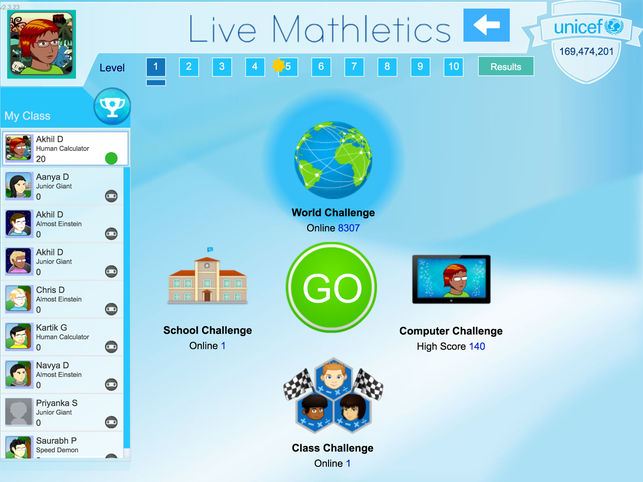
If you haven’t already, it is recommended that you spend a little time looking at the program with your child so that you can gain the greatest understanding of how Mathletics will benefit his or her learning.
Take a quick video tour by clicking here!
How do I earn certificates?
A certificate is awarded to a student once they have earned 1000 points in a single week. Only one certificate is awarded each week, to help encourage sustained study by the student. Points are awarded across Mathletics in a number of ways…
- Live Mathletics – students earn one point per correct answer
- Live Mathletics – students earn two points per correct answers on their bonus level (indicated by a gold star next to the level number)
- Mathletics curriculum – 10 points per correct answer within individual activities
- Mathletics curriculum – 20 points per correct answer within a “Test”
Students can also earn a coveted spot on the Mathletics Hall of Fame! Ask your child to show you the Hall of Fame at home. It’s pretty neat.
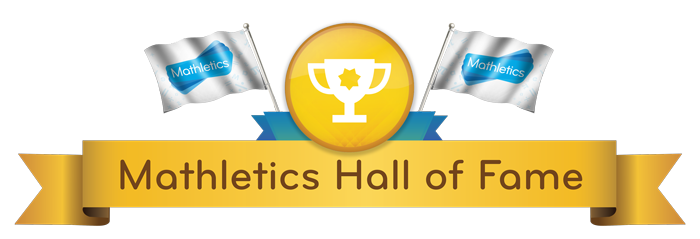
Keep working hard grade 3s!
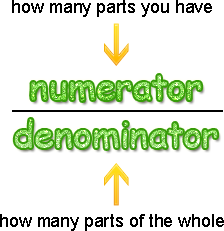
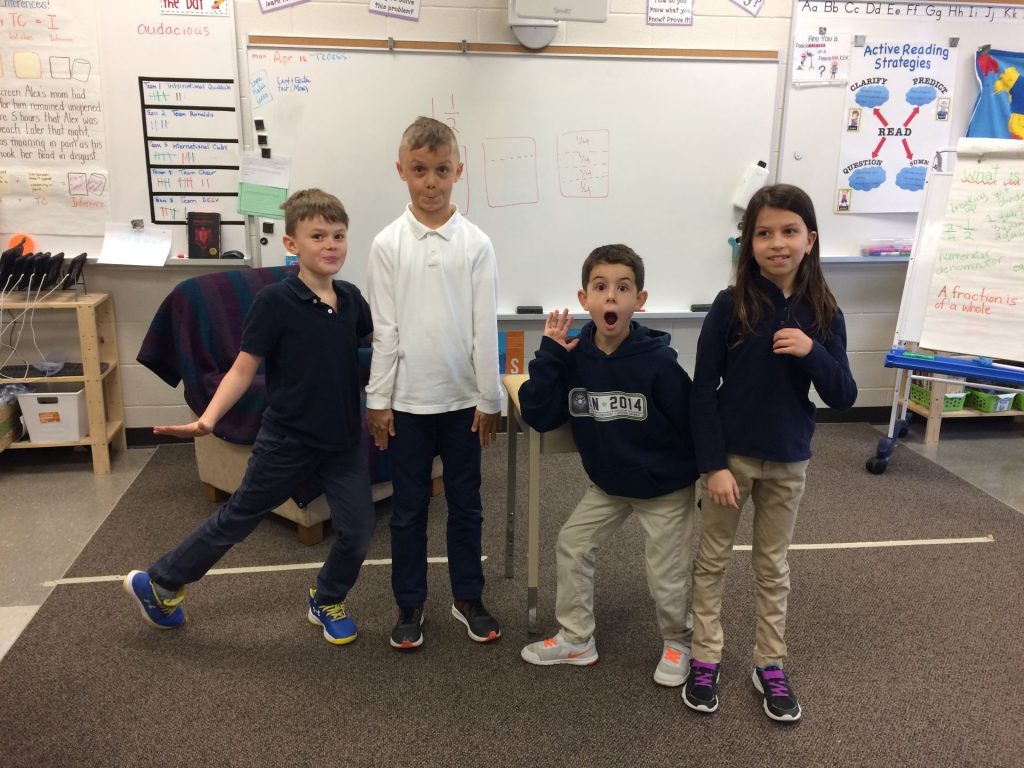


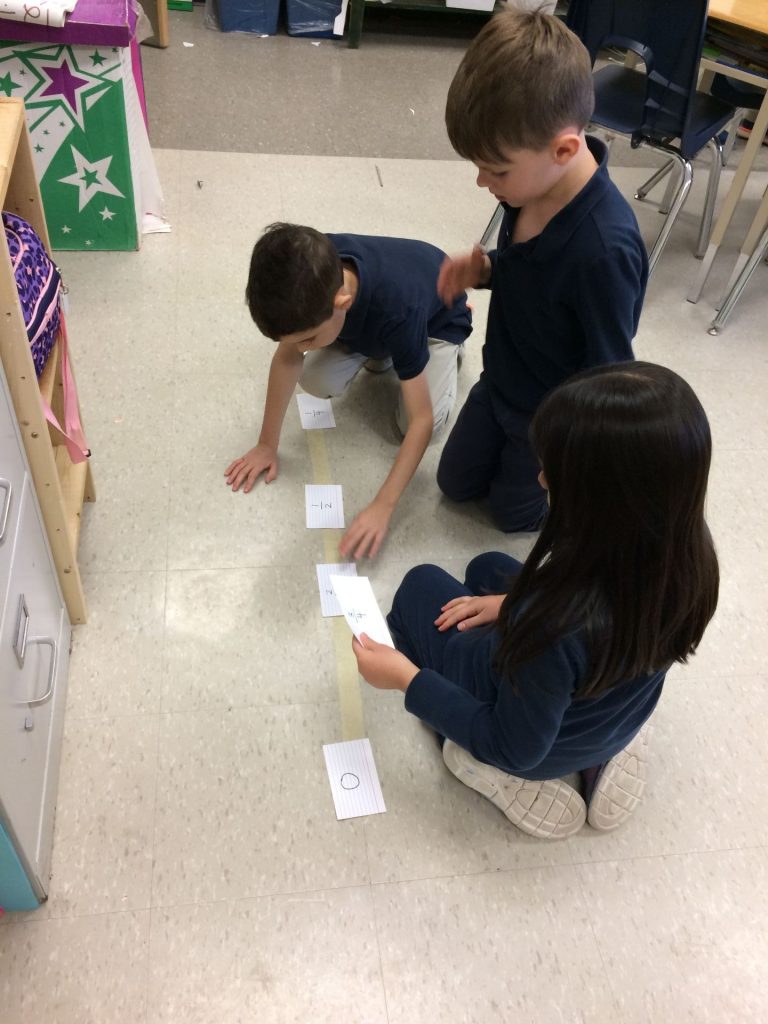
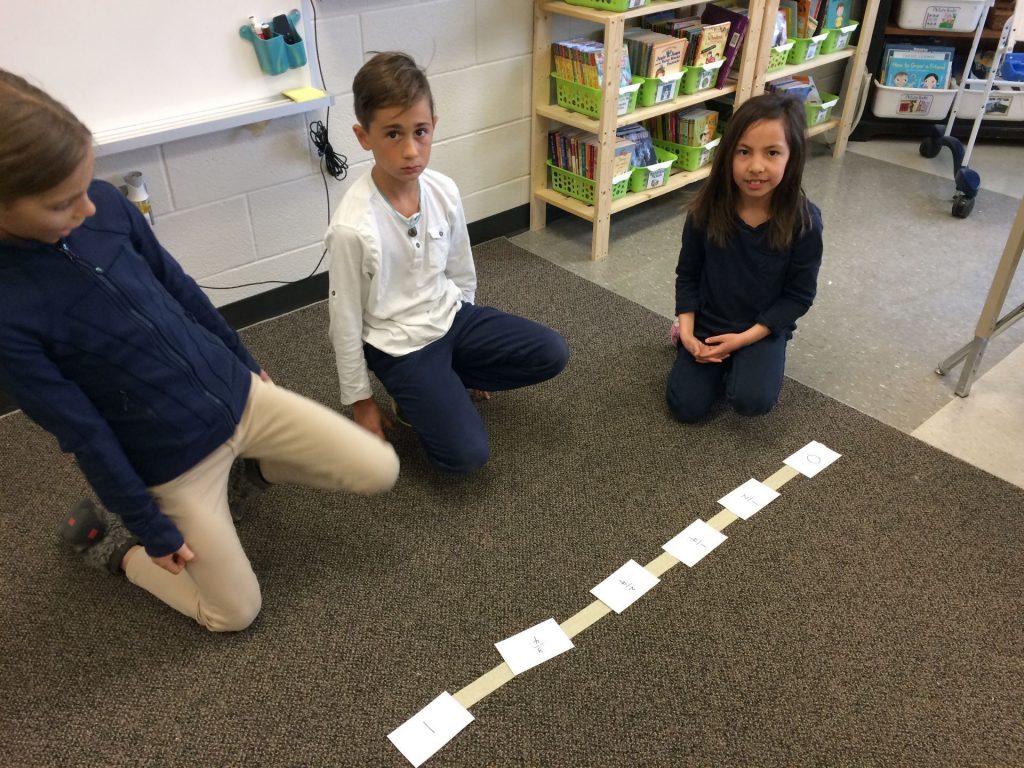
 When we began our measurement unit, students brainstormed many things that we can measure some of which included:
When we began our measurement unit, students brainstormed many things that we can measure some of which included: